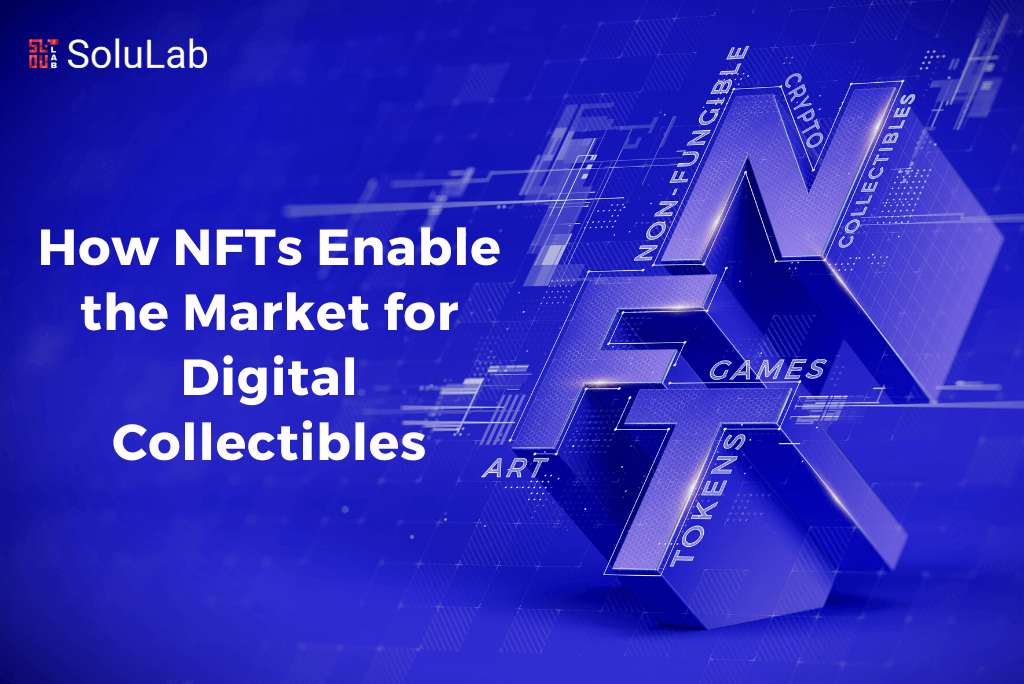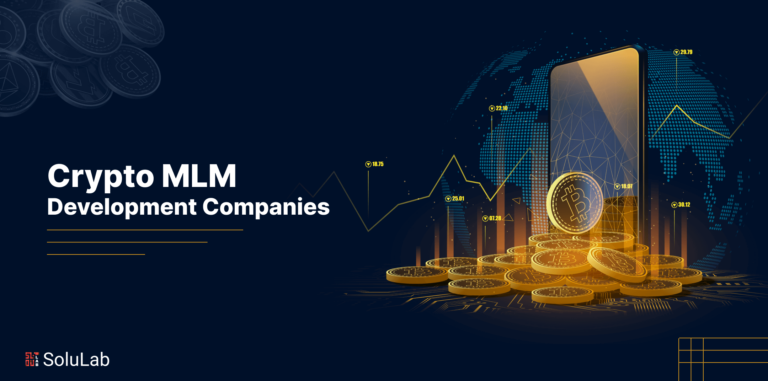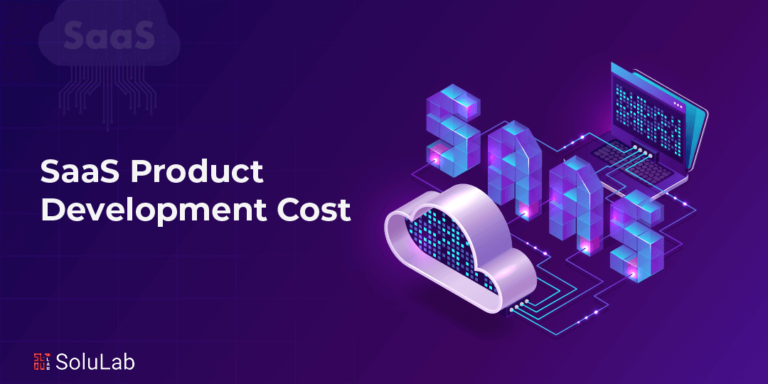
You may have heard about these hot new things called “NFTs” that everyone seems to be creating, buying, and collecting left and right. The current NFT market is largely driven by digital collectibles, although the technology has much broader applications.
First up, let’s do a crash course on NFT technology, without going too deep into exactly how it works. You don’t need to understand the underlying technology of blockchain and cryptography to participate in the digital collectibles space, just like you don’t need to understand how the Internet works to use it in your daily life.
NFT technology 101
NFT stands for Non-Fungible Token. You can think of the “token” as a certificate, contract, or voucher, serving as proof that you own or have the rights to something specific like a piece of art, a collectible, or even access to a concert or conference.
That the token is “non-fungible” simply means that it’s unique, just like any other proof of ownership in the real world. It cannot be readily interchanged for something else, unlike traditional money or the tokens of a cryptocurrency. Your $10 bill is in practice the same as my $10 bill, or my two $5 bills for that matter, just like your 1 bitcoin is the same as my 1 bitcoin. In other words, they’re fungible, contrary to NFTs.
Now, when a collector buys an NFT, the purchase actually consists of two things:
1. A digital collectible, such as a trading card, a piece of digital art, a video clip of a sports highlight, a photo, a piece of music, etc. It could be anything really. This is the “exciting” half of the purchase.
2. A certificate of ownership, the NFT itself, is really where the value lies. Without it, you’re left with what might as well be a screenshot or a copy rather than the original, one-of-a-kind piece of work you bought.
In short, Non-Fungible Tokens serve as digital proofs-of-ownership, making digital files truly ownable, and thus, collectible.
Why NFTs are a game-changer for digital collectibles
We’re used to digital files being easily copied, shared, and duplicated indefinitely with no real sense of one of them being the “original”. Your copy of a digital asset is exactly the same as mine, or the creator’s for that matter.
Because of these issues, buying and collecting art and other digital items have never really made sense, making it extremely challenging to make a living as a digital artist or creator.
With NFTs, however, we can now replicate certain traits that have so far been limited to items in the physical world, like scarcity, uniqueness, and proof of ownership. This enables creators to truly own and sell their digital work, thus creating a whole new market for original digital art and collectibles.
Furthermore, NFTs enable creators to receive a percentage of all future sales of their work. This has tremendous value for creators since the biggest sales have traditionally happened on the secondary market with none of the proceeds going to the creators themselves. We’re already seeing lots of activity on secondary NFT marketplaces, which also have the benefit of not needing middlemen to verify the provenance and authenticity of the work. All the data is publicly available for anyone to see.
Read also: How to Get Started with Digital Collectibles?
All this makes digital art and other creations much more interesting for creators and collectors alike. Not only have digital assets become ownable and collectible, but they’ve also become investible as well.
NFTs make digital assets investible
That something can be owned and collected doesn’t make it a good investment. Collectibles need certain traits to be investible, which are now enabled in the digital world thanks to NFTs.
1. It starts with market interest
Naturally, there needs to be a market of interested collectors for an item to potentially be a good investment. The numbers, which we’ll get into later, prove the demand for digital collectibles. I believe the interest will continue to grow as technology is explored, skills and creativity are deployed, and more of our lives go digital. For collectibles to also be good investments, however, they need the following traits as well.
2. Scarcity
The most valuable collectibles in the world are scarce, at least relative to the demand. Whether we’re talking about one-offs or editions of 100,000, this concept of scarcity hasn’t been possible in the digital world until the advent of NFTs. Large-scale projects like NBA Top Shot, CryptoPunks, and Sorare all offer items in limited editions. There will only ever be 49 of this NBA Top Shot moment of LeBron James’ dunk against the Sacramento Kings on November 15, 2019, just like there will only ever be 10,000 original CryptoPunks.
3. Provenance
Since NFTs are built on top of blockchain technology, provenance is literally one of their built-in core features. You can see the trades and ownership of an NFT all the way back to its origin. As an example, check out the provenance of CryptoPunk 2140, which was just purchased by Gary Vee for 1,6k ETH (~$3.76 million) on July 30, 2021. You may not be able to see exactly who owned it in the past since most collectors in the digital world are pseudonymous by default, but many choose to reveal their identity online. After all, using your CryptoPunk or Bored Ape as your Twitter profile picture is a popular flex in the crypto space, and the most popular NFT marketplaces, like OpenSea.io, as well as sites like Gallery. so, are specifically designed for people to showcase their collections.
4. (Proof of) ownership
The concepts of ownership and proof of ownership are pretty straightforward in the physical world. Just like scarcity, however, ownership hasn’t made sense in the digital world because of all the issues covered above.
By enabling actual scarcity and making digital files non-fungible, the real ownership of a single digital file suddenly becomes possible with NFTs. Not just ownership as when you’ve bought a song on iTunes or a Kindle eBook, which are just indistinguishable copies of a digital file owned by millions of other people, or when you have a copy of a photo or document. No, we’re talking about the actual ownership of the one-and-only digital asset, which enables a completely new market for artists, creators, and collectors in the digital world.
5. Uniqueness
Not only are many collectibles produced in limited quantities, but each “identical” item in a batch can also be verifiably unique. This has always been commonplace in the world of physical collectibles and is now introduced to the digital as well.
A collectible may be identified as “number 8 of 1,000”, for instance, even though number 8 and number 752 are completely identical. The LeBron dunk mentioned earlier is not just “one out of 49”. Rather, it’s number 29 of 49. All 49 are unique, albeit only with their numerical identifiers being the distinguishing factor. The same can be said about the soccer cards on Sorare and many other digital collectibles.
State of the NFT market
All the above explains why digital collectibles now make sense in theory. But how’s the market actually performing? Well, let’s take a look at some impressive stats to find out:
- In most of 2020, daily NFT sales were typically below $1 million.
- In the 4th quarter of 2020, they rose to between $2 and $3 million.
- Sales started to pick up steam in early February of 2021, averaging ~$50 million per day over the following 3 months.
- The market cooled off in late May and June but is now back at ~$50 million in daily sales as of late July 2021.
The above shows a roughly 20x increase in sales from late 2020 to early 2021! What’s driving the sales is both one-off digital artifacts auctioned off as NFTs, native digital art pieces, and full-blown games and series of collectibles. Not surprisingly, the two former categories have gained the most mainstream attention.
Read also: Physical NFTs: Bridging the Gap Between Digital and Physical Worlds
Artists like Jay-Z, Eminem, and Kings of Leon have all gotten in on the NFT hype, along with entrepreneurs and business people like Jack Dorsey (founder of Twitter and Square) who sold his first tweet as an NFT, Sir Tim Berners-Lee who auctioned off the source code of the World Wide Web, and Gary Vaynerchuk who’s created a whole universe of digital characters known as VeeFriends, each of which comes with a specific benefit to the owner.
The most expensive NFT sold to this date is a digital piece of art created by Beeple, auctioned off by Christie’s for ~$69 million in March this year. Sotheby’s has also embraced the NFT space and hosted several auctions over the past few months.
The aforementioned NBA Top Shot, a series of limited-edition video highlights from the NBA, is among the most mainstream native series of NFT collectibles.
CryptoPunks are arguably the OGs in the space, continuing to account for a large portion of the sales volume and record-setting prices.
Sorare is creating what’s essentially digital football cards (or soccer cards for you Americans).
Other notable projects include Bored Ape Yacht Club and Axie Infinity, but new ones are entering the market so fast that it’s hard to keep up!
Putting it all together
Whether you’re a believer or not, the technology and people’s actual behavior point to a strong new market for digital art and collectibles. NFTs enable digital assets to become collectible and investible, something that’s so far been limited to the physical world. Artists and creators have a new way of turning their digital work into a viable business for themselves while simultaneously fuelling an active secondary market for collectors.
The tech is in place and the market is responding. NFT sales have boomed over the last few months, showing a 20x increase from late 2020 to early 2021. These numbers are likely to continue to fluctuate with mini booms and busts in the foreseeable future, as with any new market that’s still in its experimental infancy, but the foundation is in place for a long-lasting game-changer in the world of collectibles and art.
Blog Credits: Medium




